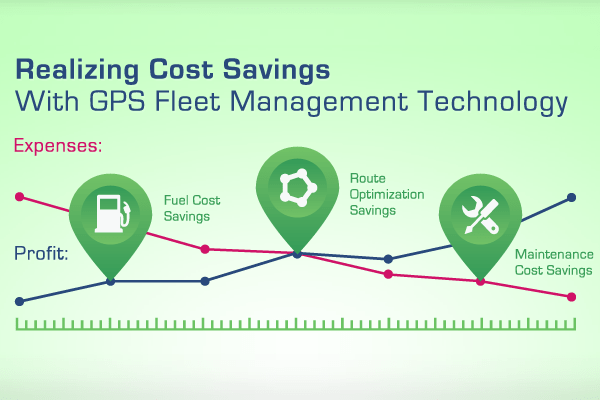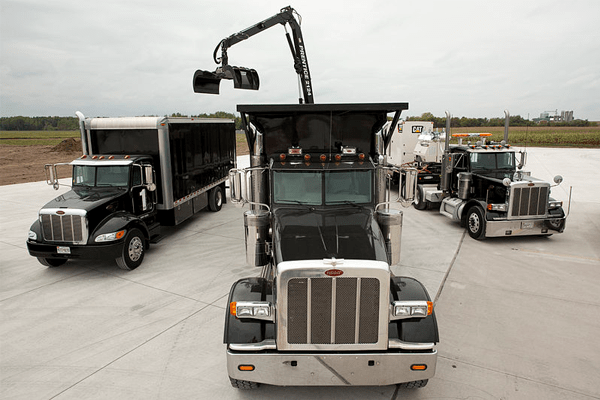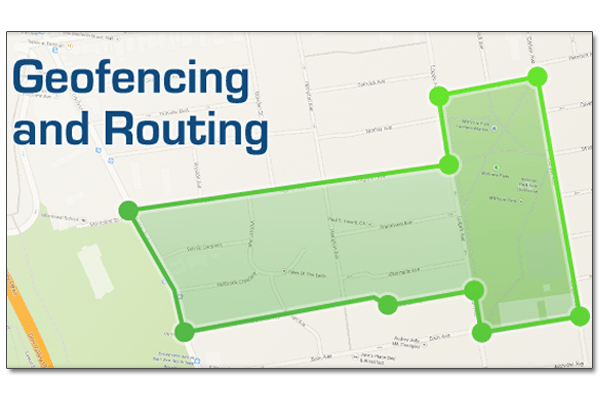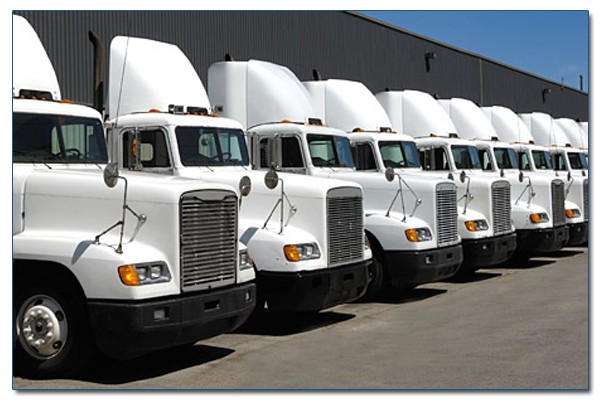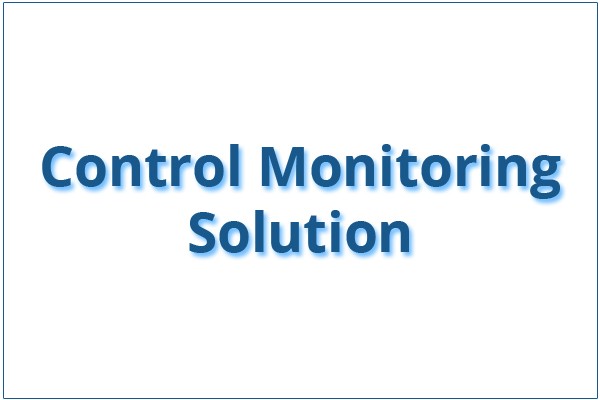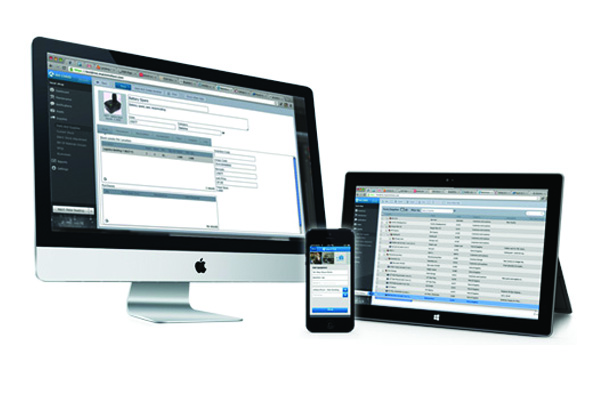GPS Fleet Management Technology: How to Realize Cost Savings
Something all companies can relate to is that they are always looking for ways to grow their profits. A proven way to reduce fleet costs and increase profits is through more efficient use of fleet vehicles. This can be achieved in multiple ways such as: reducing fuel costs, optimizing on-road driver productivity, and monitoring and improving vehicle maintenance. To assist fleet managers in developing a positive business case for investing in GPS fleet management technology, this articles will focus on some cost reducing and expense consideration elements. Through identification of these elements and associating the savings of managing them you will be able to put together a business case for taking action based on facts!
How will I justify an investment from my company in GPS fleet management technology?
Start by taking a look at the investment:
Calculate the one-time upfront costs for the GPS tracking device and the monthly reoccurring fees. Also consider whether or not the device is plug-and-play (self installed) or if you will have to install a professional installer (addition cost).
Then take a look at the cost savings:
GPS fleet management technology provides benefits from the utilization of valuable data.
1. Fuel Savings
Reduce fuel consumption by:
- Reduced speeding – the system has the ability to remind drivers immediately when over speed limits.
- Take advantage of in-vehicle driver coaching alerts to manage idling.
- Utilize fuel reports to get fuel consumption data for your entire fleet and driver behavior reports/trends over time.
2. Route Optimization Cost & Time Savings
Reduce labor and fuel costs by:
- Regularly review real-time information such as optimal daily delivery routes.
- Fleet managers can view all vehicle locations in real-time and can provide important information to drivers to make fast and accurate deliveries.
- Dispatch drivers effectively with our route optimization tool; locate and direct drivers to dispatch the closest driver to a destination, avoid traffic, or alter routes if additional stops become needed.
- As a fleet manager you can track driver behavior that directly translates into increased fuel costs. Also, you can compare vehicles or drivers with one another to target improvement areas.
3. Maintenance Savings
Our GPS devices help determine a vehicle’s condition, performance, and when to schedule maintenance to avoid problems and breakdowns.
- Completing maintenance at set time intervals is great but then it is done regardless of mileage or usage; scheduled maintenance is based on actual vehicle use and performance.
- This will help determine when your vehicles will need to be taken off the road for maintenance, reducing wasted maintenance expenses (eg. oil change) and downtime.
- The GPS fleet management technology will help to identify less efficient vehicles or when vehicles should be placed on a shorter route.
- Avoid engine issues before they result in vehicle down-time or costly repairs by managing your engine fault code information. These codes explain the engine issues (what it is & where to locate it) to help save on vehicle inspection costs and time.
- When focusing on predictive engine health you’ll realize savings through pro-actively working with service technicians to pinpoint core problem areas.
Synopsis
Data offers an invaluable power. It will allow your company to set standards for your business, achieve higher levels of customer service and identify spare and/or underused equipment. The return on investment is driving the demand for GPS fleet management technology and raising the standards in fleet management. If you would like more information please feel free to give one of our fleet optimization specialists a call at 1-888-998-1122 or use our contact form and we will get back to you asap!
Original Article Written by: Robert Mowat, Geotab
http://www.geotab.com/blog/realizing-cost-savings-gps-fleet-management-technology/
